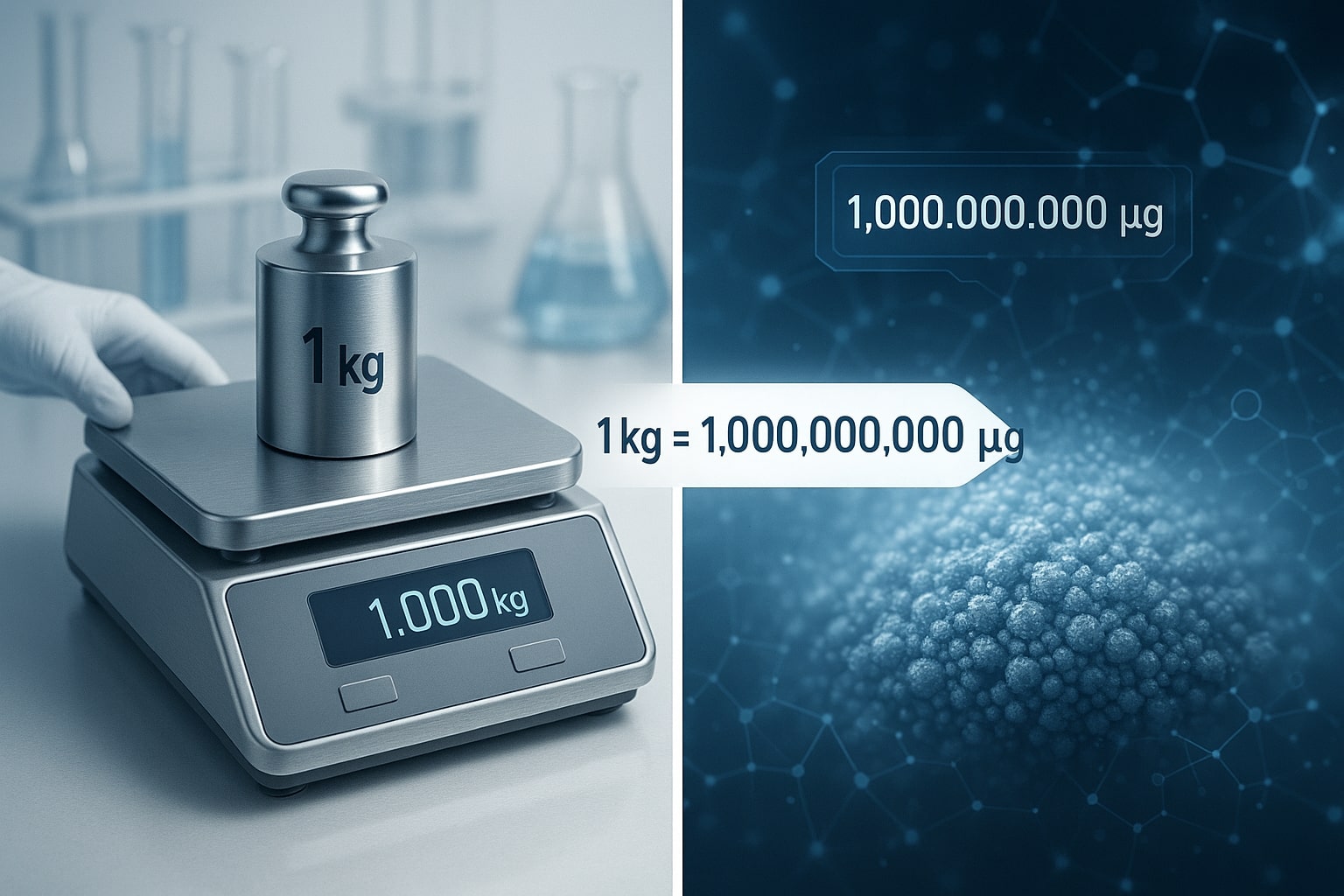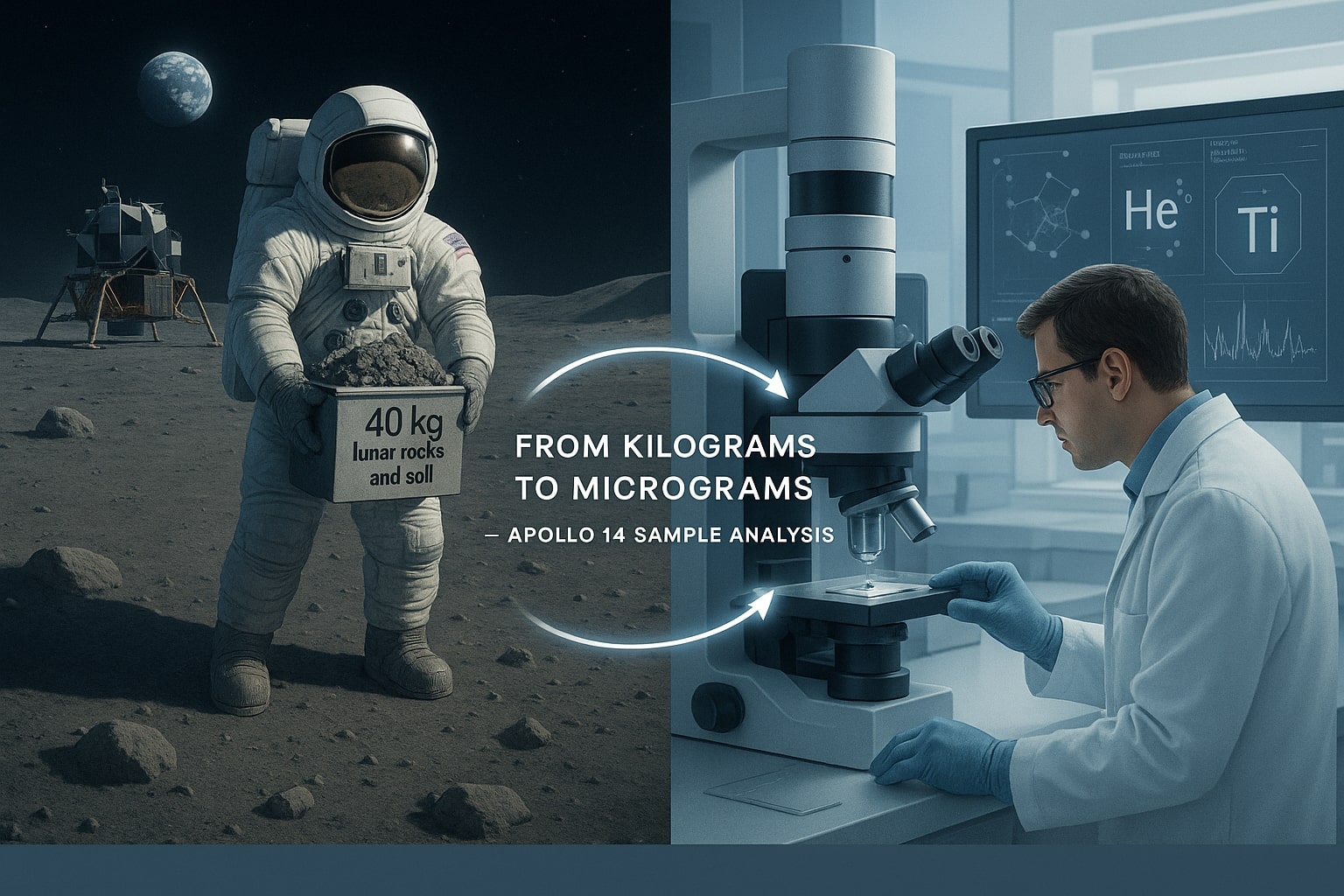kg to μg - How to convert kilograms to micrograms?
When working with vastly different scales of weight—like those used in pharmaceuticals or scientific labs—a kg to micrograms converter becomes an essential tool. Whether you're analyzing nutrients in a food sample or calculating trace elements in a chemistry experiment, converting from kilograms to micrograms ensures precision on the smallest scale. T
Kilograms (kg) and Micrograms (μg)
-
A kilogram (kg) is a base unit of mass in the metric system, widely used in everyday measurements—think of a bag of rice or a liter of water.
-
In contrast, a microgram (μg) is a microscopic fraction of that, representing one-millionth of a gram or one-billionth of a kilogram. The prefix "micro" (μ) signifies 10⁻⁶, a scale so fine it’s often used in medicine, chemistry, and environmental monitoring.

That’s because 1 kilogram equals one billion micrograms—a reflection of how finely the metric system can measure mass.
The formula is:
μg = kg × 1,000,000,000
This formula is especially useful in fields like pharmacology, environmental science, and nanotechnology, where substances are measured in incredibly small quantities..
Here’s a quick reference table:
|
Kilograms (kg) |
Micrograms (μg) |
|
0.001 kg |
1,000,000 μg |
|
0.1 kg |
100,000,000 μg |
|
1 kg |
1,000,000,000 μg |
Always double-check your units when converting large-scale to micro-scale—precision matters at the microgram level.
Did you know?
-
A single kilogram of pollen may contain over a billion grains, each weighing just a few micrograms—that’s how botanists track pollination patterns.
-
The recommended daily intake of vitamin B12 for adults is only 2.4 μg, yet it plays a crucial role in DNA synthesis and nerve health (source: NIH).
-
In forensic labs, toxic substances in blood samples are often measured in micrograms per liter, making unit conversions critical for legal accuracy.
-
NASA’s cleanroom protocols ensure that not even 1 μg of dust contaminates sensitive equipment used in Mars missions.
-
A dose of fentanyl as small as 2,000 μg can be fatal, equivalent to just 0.000002 kg, highlighting the need for extreme precision in toxicology (source: CDC).
From Kilograms to Micrograms on the Moon
In 1971, NASA’s Apollo 14 mission returned to Earth carrying over 40 kilograms of lunar rock and soil. But the real breakthroughs happened not at the kilogram level, but at the microgram scale. Scientists at the Johnson Space Center used advanced spectroscopy to analyze μg-sized lunar particles, searching for rare elements like helium-3 and titanium, which hold potential for future energy sources.¹ This micro-scale analysis provided insight into the Moon’s composition and helped shape planetary science, proving that even the tiniest measurements—mere micrograms—can unlock discoveries on an astronomical scale.


